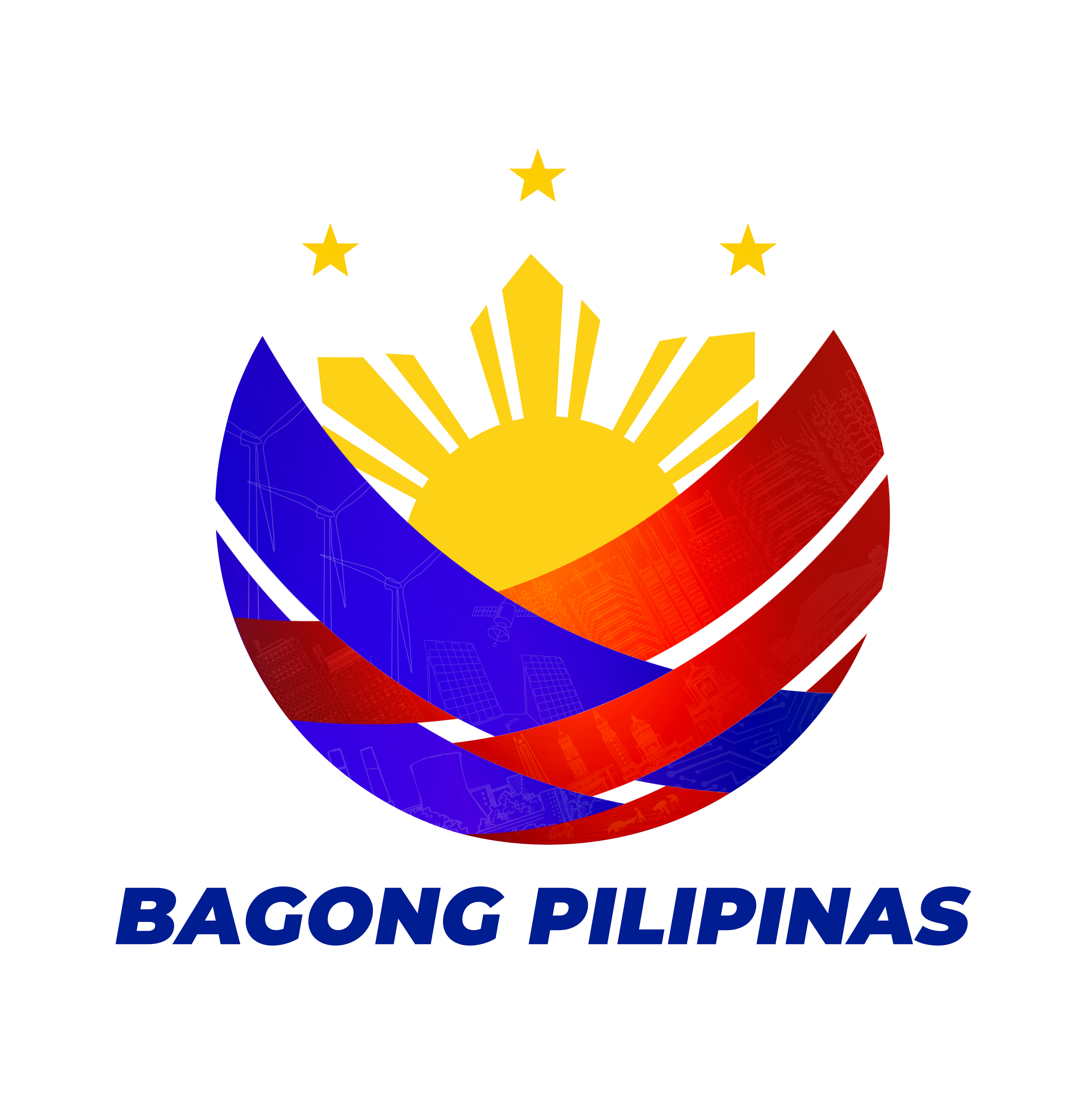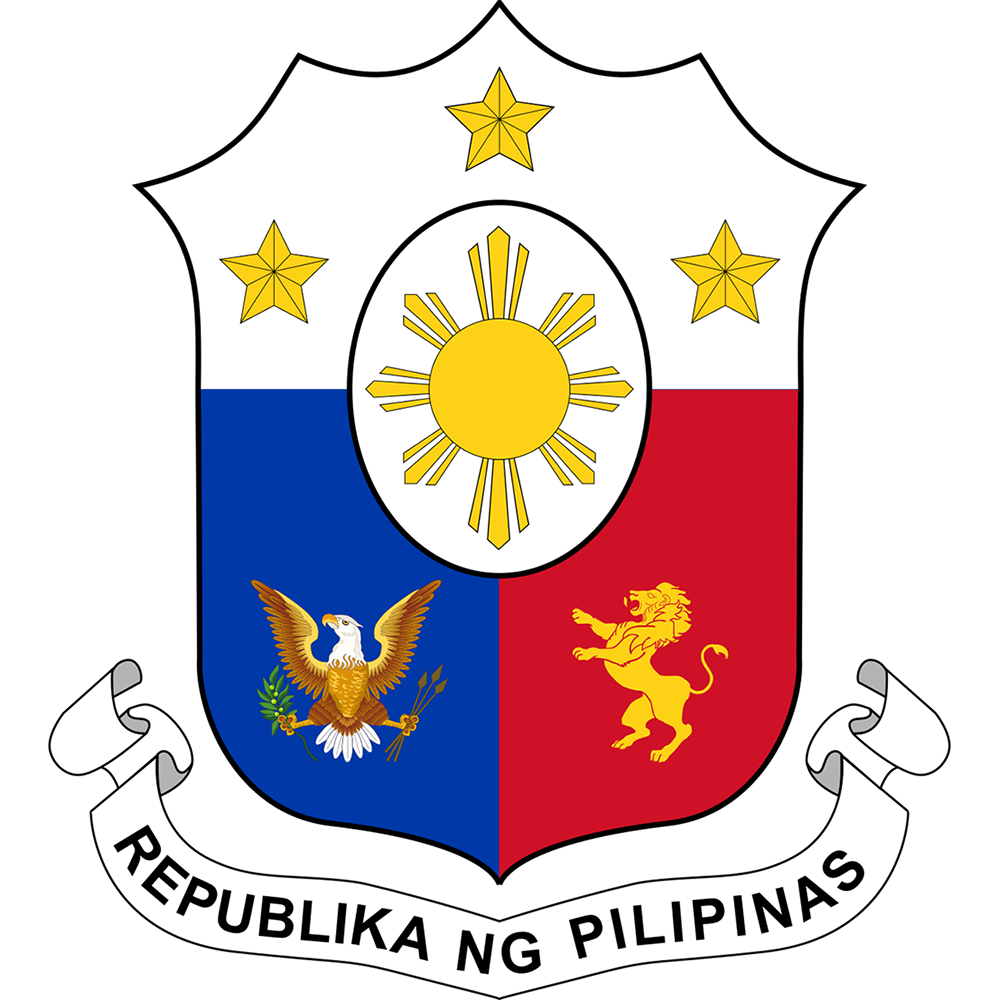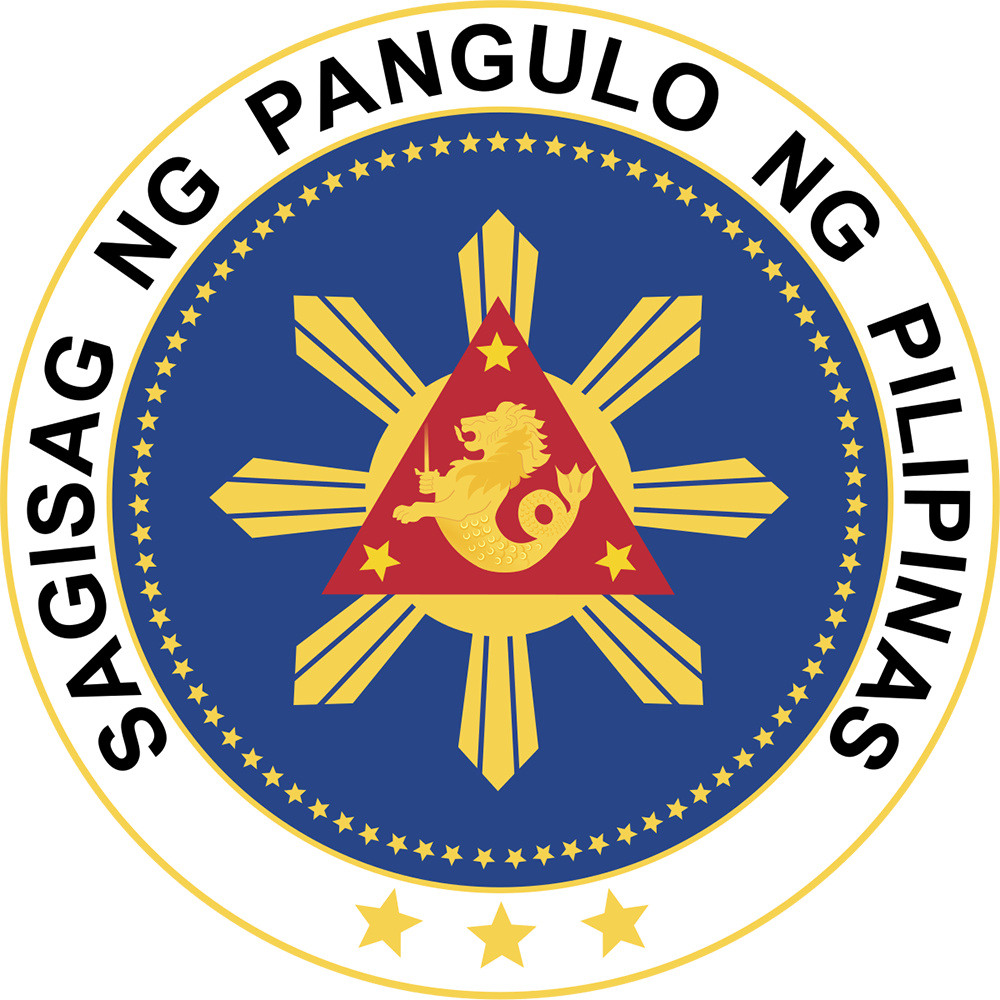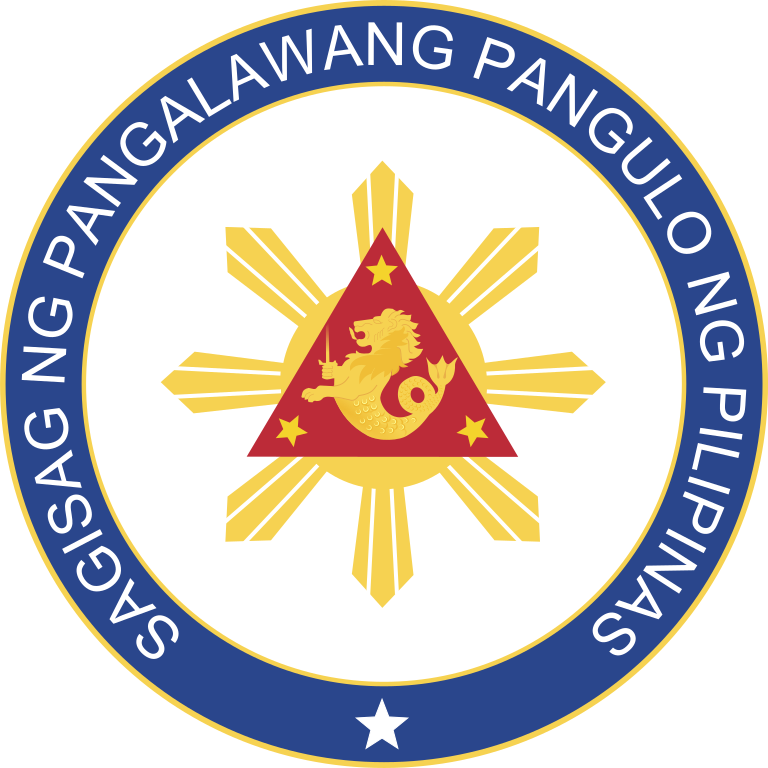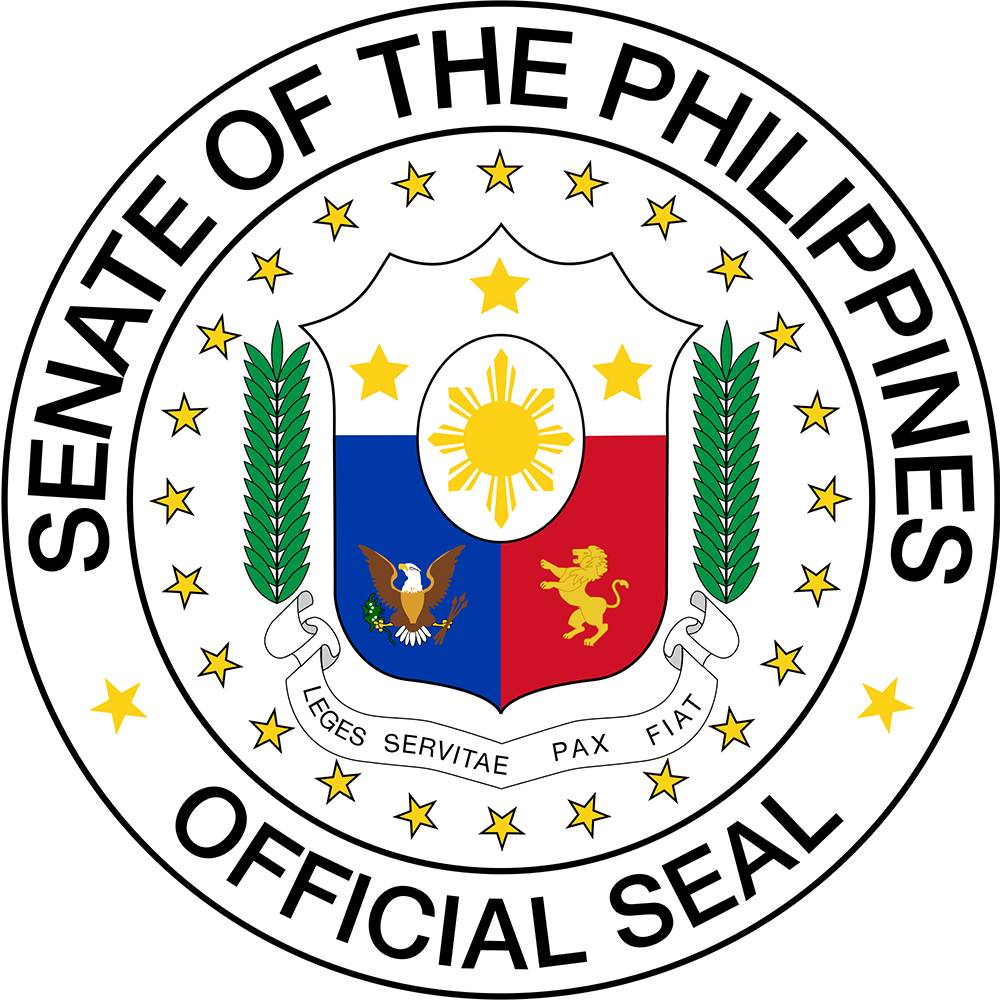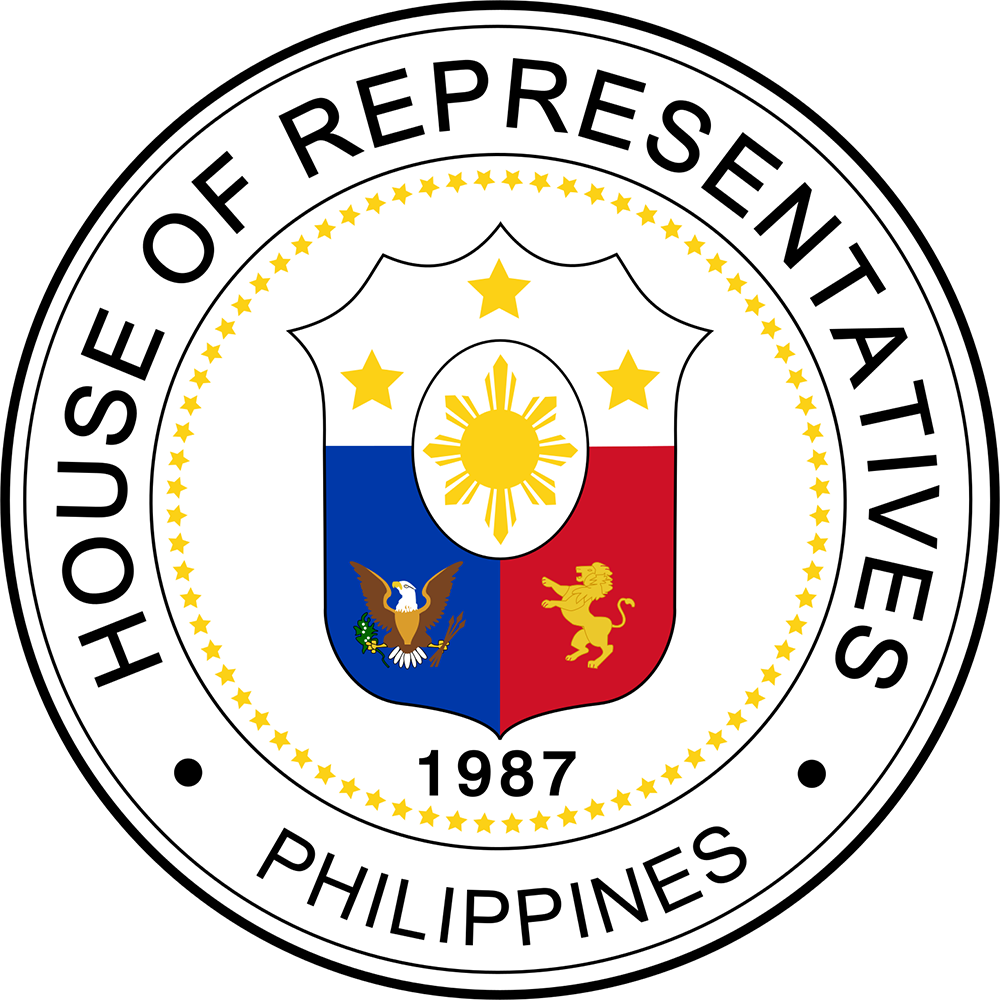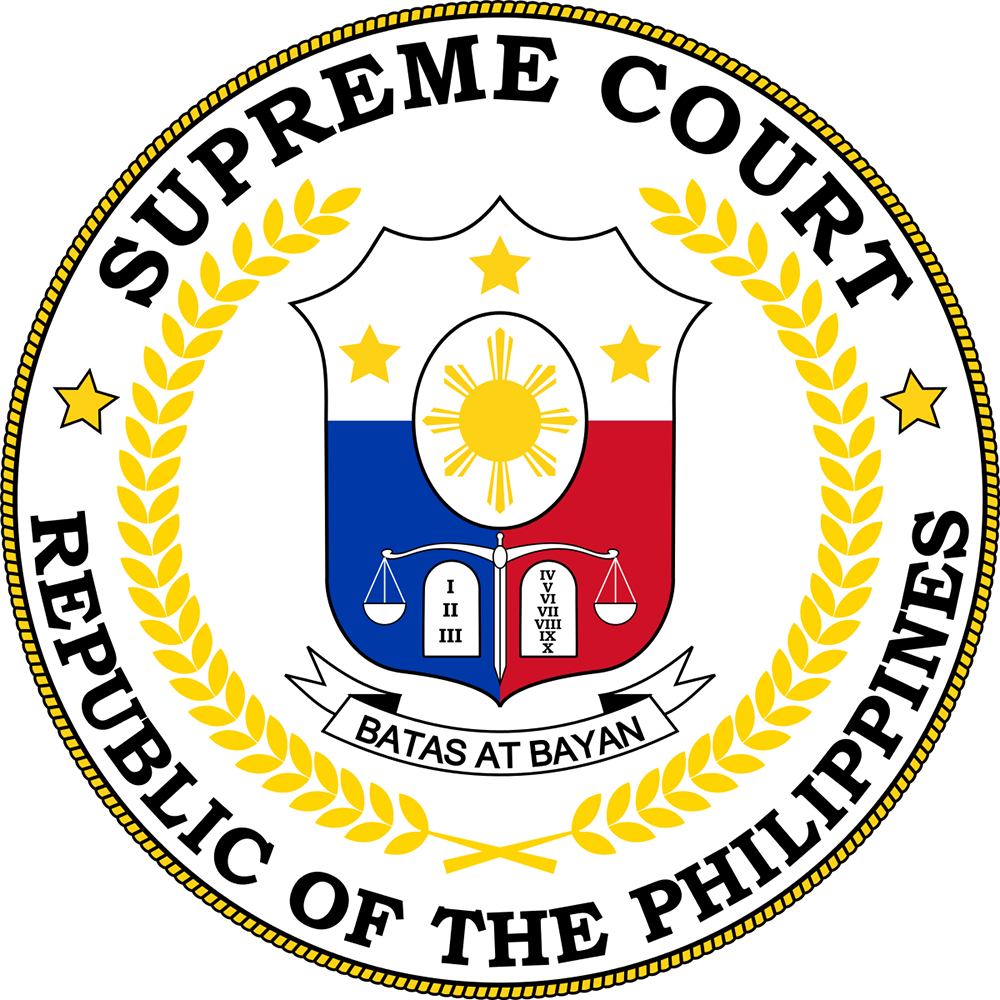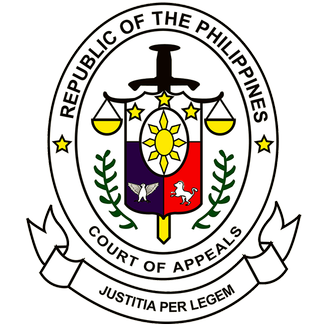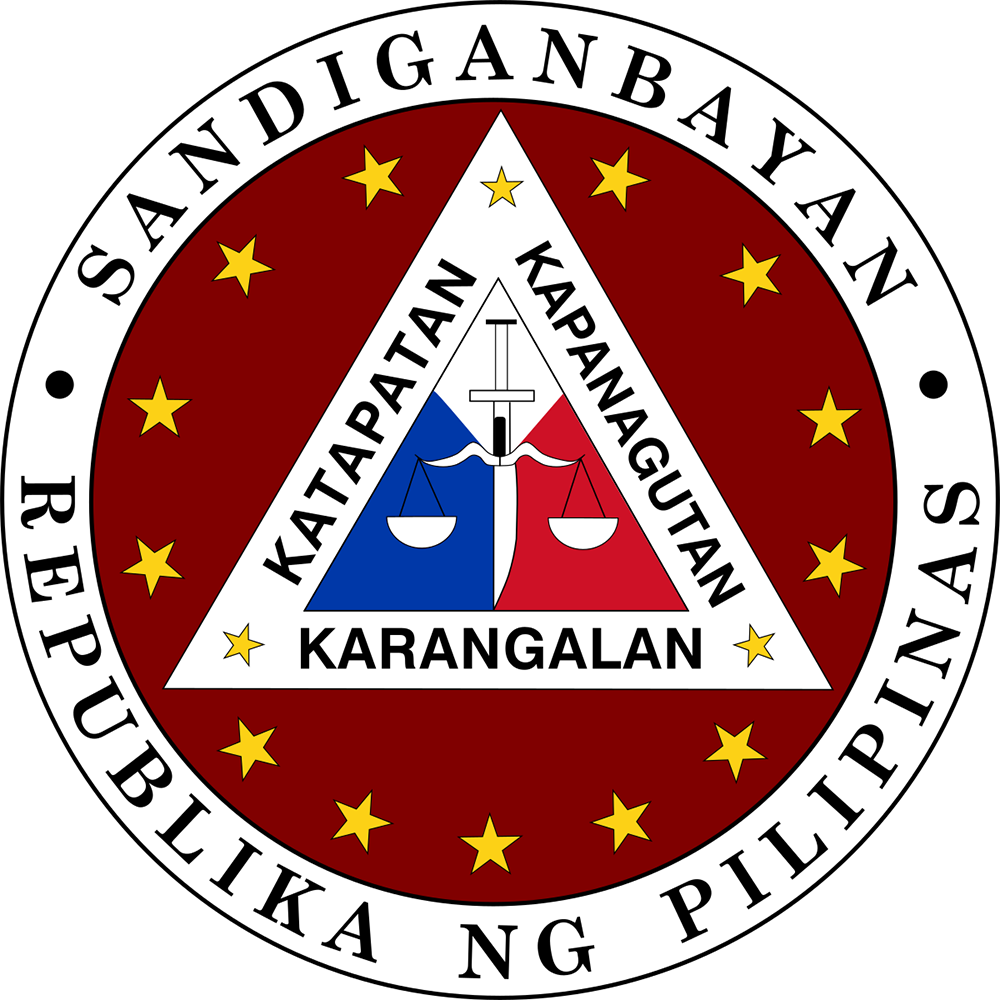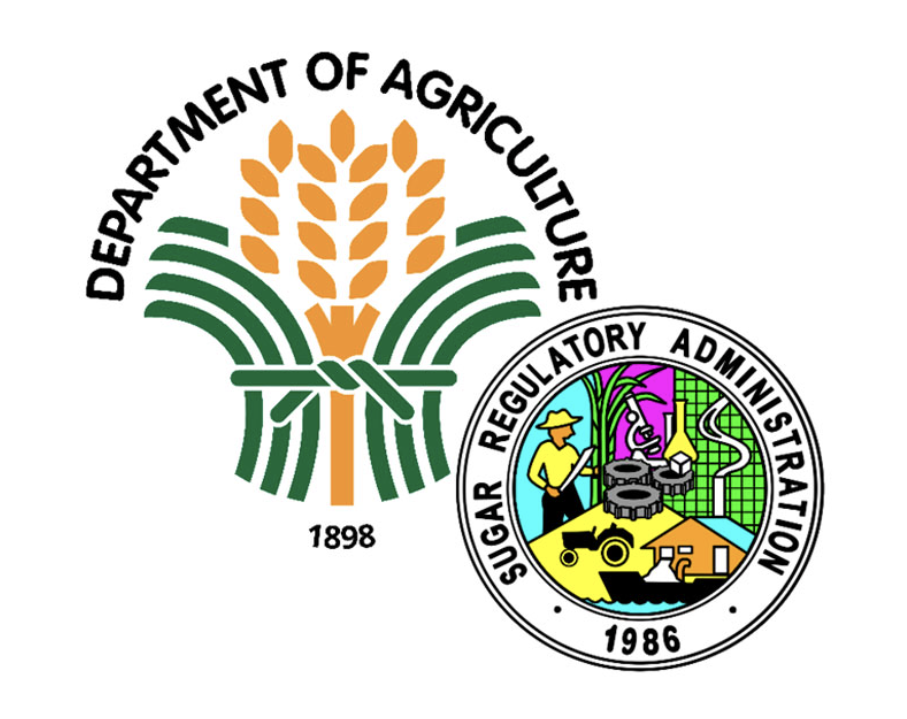
The Department of Agriculture (DA) thru the Sugar Regulatory Administration (SRA) is testing samples of imported sweeteners from Vietnam, which the Bureau of Customs (BOC) has flagged as potentially misdeclared and may, in fact, be sugar.
The imported commodity, whose consignee wasn’t immediately named pending further investigation, arrived in three batches totaling fourteen 20-foot container vans, initially declared as “sweet mixed powder” under Tariff Code 1702, which is classified as “other sugar.”
Each 20-footer van could hold approximately 25 metric tons of sugar in sacks. That places the volume of the three shipments at 350 metric tons or 350,000 kilos of refined sugar worth around P30 million.
However, the BOC’s preliminary inspection raised concerns, suggesting that the product could, in fact, fall under the 1701 tariff code, which pertains to refined sugar.
The tariff rates from member countries of the Association of Southeast Asian Nations under the 1701 code is at 5 percent, while taxes on imports classified as “other sugars” under the 1702 code are significantly lower at 1 percent.
“It appears the consignee used the classification under tariff code 1702 since importing sugar requires clearance from the SRA and the DA/SRA has not authorized any importation so far,” said DA Sec. Kiko Tiu-Laurel.
In response to these concerns, the BOC’s Customs Intelligence and Investigation Service (CIIS), in coordination with the SRA Regulation Department and other relevant agencies, launched a joint operation to inspect the shipments. The product, which originated from Vietnam, was found to contain 88 percent white granulated sugar and 12 percent glucose.
The product, labeled as “TTC Sugar,” is manufactured by Bien Hoa Consumer Joint Stock Company. During a physical inspection, the sweet mixed powder was found to bear a striking resemblance to refined sugar, further deepening suspicions that it may not match the declared classification.
In light of these findings, the SRA collected three sets of samples from the separate shipments for further analysis. A total of approximately three kilograms of samples were taken for testing, aimed at determining the true composition and contents of the product.
This sampling effort saw the involvement of key personnel from the DA/SRA, BOC CIIS, BOC Examination Service, the Subic Bay Metropolitan Authority (SBMA) Seaport, and security staff. Additionally, a courtesy meeting was held with the District Collector of the Port of Subic to discuss the matter in greater detail.
The outcome of the laboratory tests will be critical in determining whether the shipment was misdeclared and whether further actions will be necessary. This case highlights the importance of maintaining precise tariff classifications and underscores the vital role of regulatory bodies in protecting the integrity of the domestic sugar market. ###
